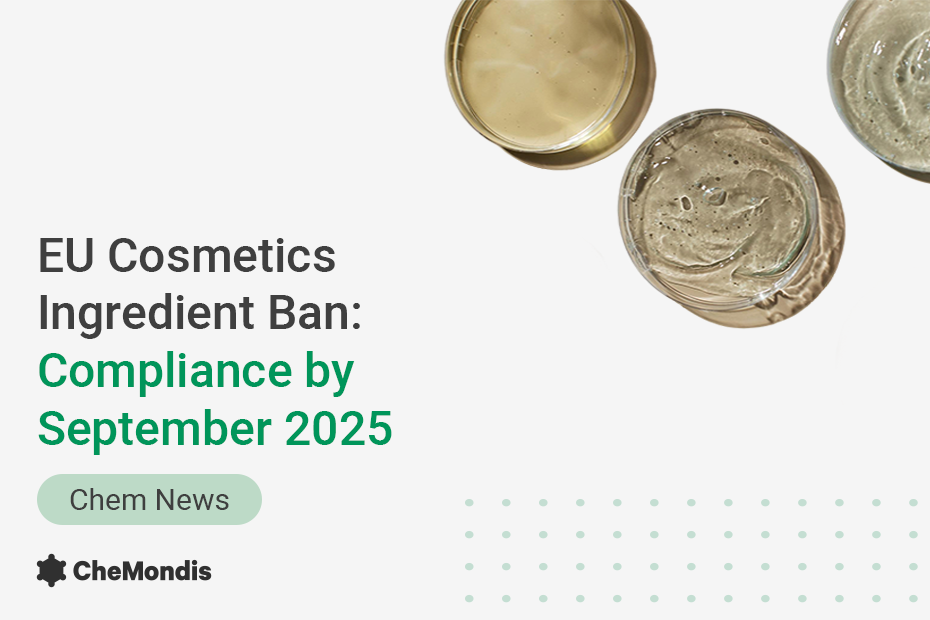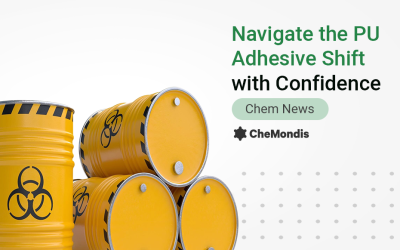New Deadlines Put Pressure on Manufacturers
The EU cosmetics ingredient ban has introduced two significant deadlines that require cosmetics and personal care manufacturers to reformulate affected products quickly or risk their removal from the market. The updated regulations ban and restrict certain ingredients, placing additional pressure on supply chains, R&D teams, and production planning.
Two Key Compliance Dates for the EU Cosmetics Ban
By September 1, 2025, all products containing newly classified CMR (carcinogenic, mutagenic, or reprotoxic) substances must be removed from the EU market, as mandated by Omnibus Act VII (adopted in 2024). Additionally, a second deadline follows on May 1, 2026, when products that exceed newly proposed limits or include additional banned ingredients under the draft Omnibus Act VIII (published in 2025) must also be withdrawn. Therefore, together, these deadlines give companies just 12 to 18 months to review formulations, source compliant alternatives, and bring updated products to market in response to the EU cosmetics ingredient ban.
Why Reformulation Is Challenging
However, updating formulations is not as simple as swapping one ingredient for another. Manufacturers face several challenges:
- Technical complexity: Finding alternatives that deliver the same performance is difficult.
- Safety and testing: Reformulated products must go through full safety and stability testing, followed by regulatory notification and updated labeling.
- Supply constraints: As all manufacturers seek the same approved alternatives, demand spikes, causing longer lead times for compliant ingredients.
- Production planning: Reformulation often requires production trials, line adjustments, and coordination with packaging and logistics partners.
How CheMondis Supports Your Next Moves
To stay ahead of the upcoming regulatory deadlines, manufacturers should act now by auditing their product portfolios, identifying affected formulations, and engaging with suppliers early to secure compliant alternatives. Therefore, prioritizing high‑volume or strategic SKUs for reformulation, planning for updated safety testing and labeling, and monitoring the final regulatory texts are all key steps.
CheMondis supports this process by providing a transparent, efficient matrix where buyers can quickly find and compare compliant raw materials from verified suppliers, access up-to-date documentation, and secure the ingredients they need without delays. By preparing early and leveraging CheMondis’ trusted network, companies can mitigate risks. Therefore, avoid supply chain bottlenecks and maintain business continuity as regulations take effect.
Takeaway: Start Today to Stay Compliant
The EU’s updated ingredient bans create clear compliance deadlines that manufacturers cannot afford to ignore. Starting the reformulation process now is essential to minimize risks, control costs, and maintain customer confidence. Start with CheMondis to stay ahead of the curve.
CheMondis will continue to monitor these regulatory changes and share insights to help buyers and suppliers navigate this transition.




